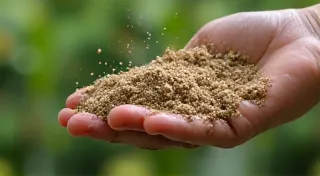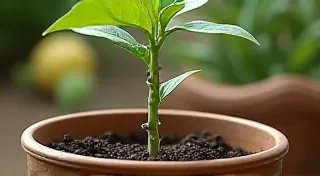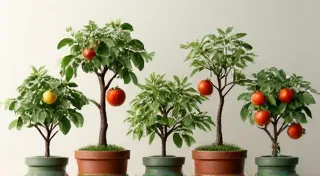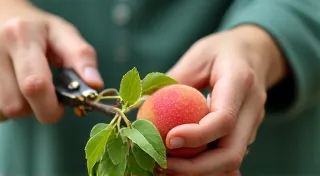Fruit Thinning for Dwarf Fruit Trees in Containers: Why and How
Growing dwarf fruit trees in containers is incredibly rewarding, bringing fresh, delicious fruit right to your patio or balcony. But to truly maximize your harvest and the quality of your fruit, understanding and practicing fruit thinning is essential. Many new container gardeners overlook this important step, but it can make a significant difference. Let’s delve into why and how to thin your dwarf fruit trees.
Why Thin Fruit on Dwarf Fruit Trees in Containers?
Fruit thinning isn't just about aesthetics; it's about the health of your tree and the quality of your fruit. Here’s why it's particularly important for dwarf fruit trees grown in containers:
- Larger Fruit Size: When a tree has fewer fruits to support, each fruit receives more of the tree’s energy. This results in larger, more flavorful fruit.
- Improved Fruit Quality: Less fruit means improved sugar content and better overall flavor.
- Stronger Branch Health: Dwarf fruit trees in containers have a limited root system and are more susceptible to branch breakage. A heavy fruit load can easily break branches, especially those that are still developing. Thinning prevents this damage.
- Balanced Growth: Thinning encourages the tree to focus its energy on the remaining fruit and develop a strong, healthy structure.
- Reduced Disease Risk: Overcrowded fruit can be more prone to diseases due to poor air circulation.
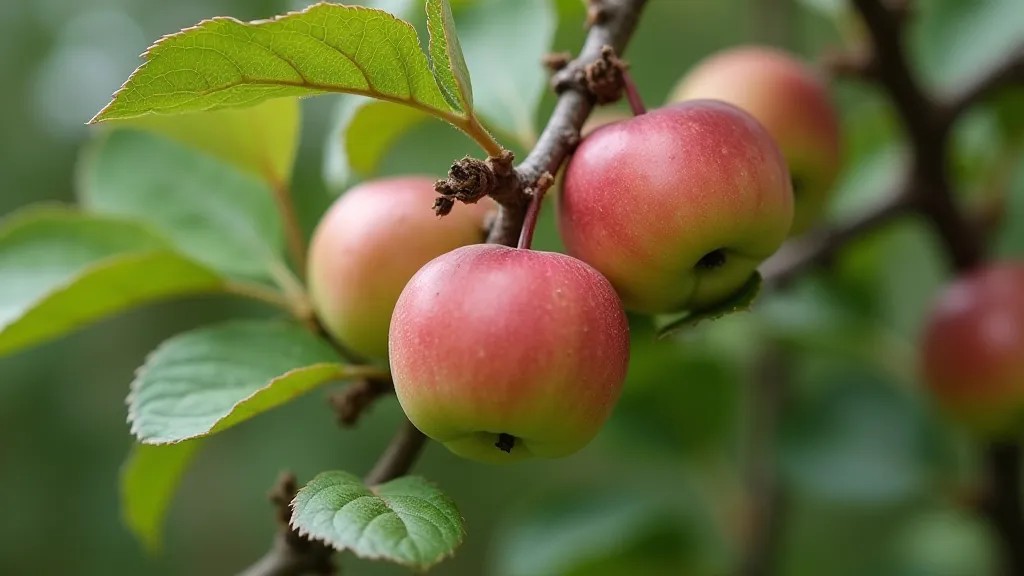
Successfully growing dwarf fruit trees in containers requires a holistic approach, and it's often a process of learning and adapting. One common question new gardeners ask is, "What's the best way to select the right variety for my space?" For those just starting, exploring the ultimate guide to choosing the right dwarf fruit trees for containers can be incredibly helpful in setting yourself up for success. Selecting the right variety is only half the battle – ensuring it has the right environment is vital.
When to Thin Fruit
The timing of fruit thinning depends on the type of fruit tree you have, but generally, the best time is shortly after the fruits have set.
- Apples & Pears: Thin 4-6 weeks after bloom. This is typically in late May or June, depending on your climate.
- Peaches & Nectarines: Thin 6-8 weeks after bloom.
- Cherries: Thin 4-6 weeks after bloom.
- Plums: Thin 4-6 weeks after bloom.
It's best to check resources specific to your fruit tree variety for more precise timing.
How to Thin Fruit: A Step-by-Step Guide
- Assess the Fruit Load: Take a good look at your tree. Ideally, you want to thin to a spacing of 6-8 inches between fruits.
- Choose Which Fruits to Remove: Prioritize removing the smallest, most poorly positioned fruits. Those growing too close together or facing inward towards the center of the tree should be removed.
- How to Remove Fruits: Gently twist and pull the fruit from the branch. Avoid cutting, as this can leave a wound that is susceptible to disease.
- Don't Be Afraid to Thin Aggressively: It may seem wasteful, but leaving too much fruit will result in smaller, lower-quality fruit and a greater risk of branch damage.
- Consider the "One a Cluster" Rule (for peaches/nectarines): Aim to leave just one fruit per cluster if the fruit load is extremely heavy.
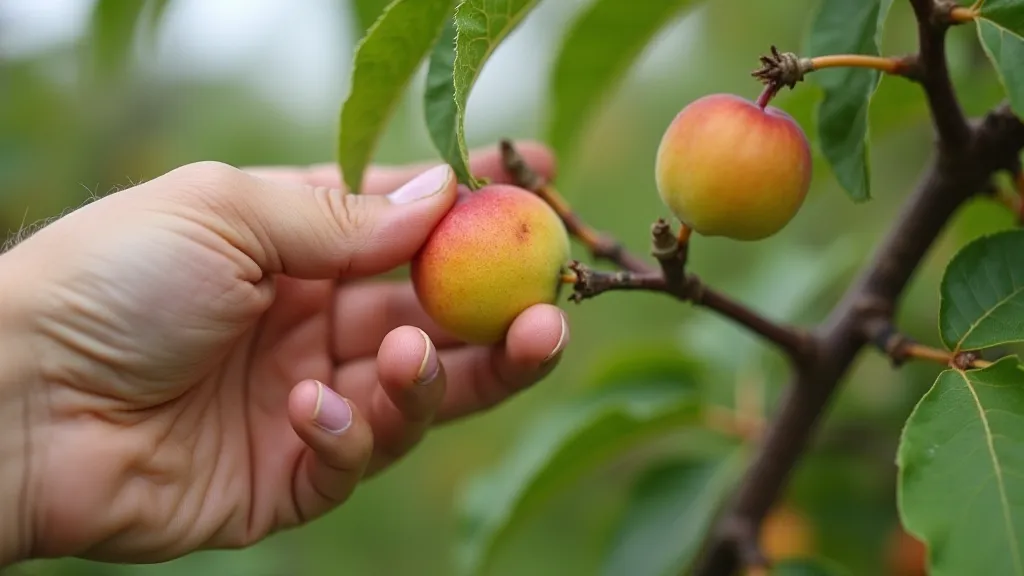
Beyond the basics of thinning, many gardeners find that the size of their container plays a huge role in the success of their trees. Selecting an appropriately sized container can be tricky, and understanding the nuances of potting dwarfs is a skill honed with experience. For those grappling with container size considerations, a comprehensive guide to potting dwarf fruit trees provides valuable insights into choosing the right size and material for optimal growth.
Tips for Dwarf Fruit Trees in Containers
Because your trees are in containers, they are even more vulnerable. Here are a few extra considerations:
- Container Size: Make sure your container is large enough to support the number of fruits you’re keeping. A larger container allows for a more robust root system.
- Watering & Fertilizing: Ensure your trees receive adequate water and fertilizer to support fruit development.
- Pruning: Regular pruning helps maintain the tree's shape and encourages airflow, which can also improve fruit quality.
- Observation: Regularly inspect your trees for signs of stress or disease.
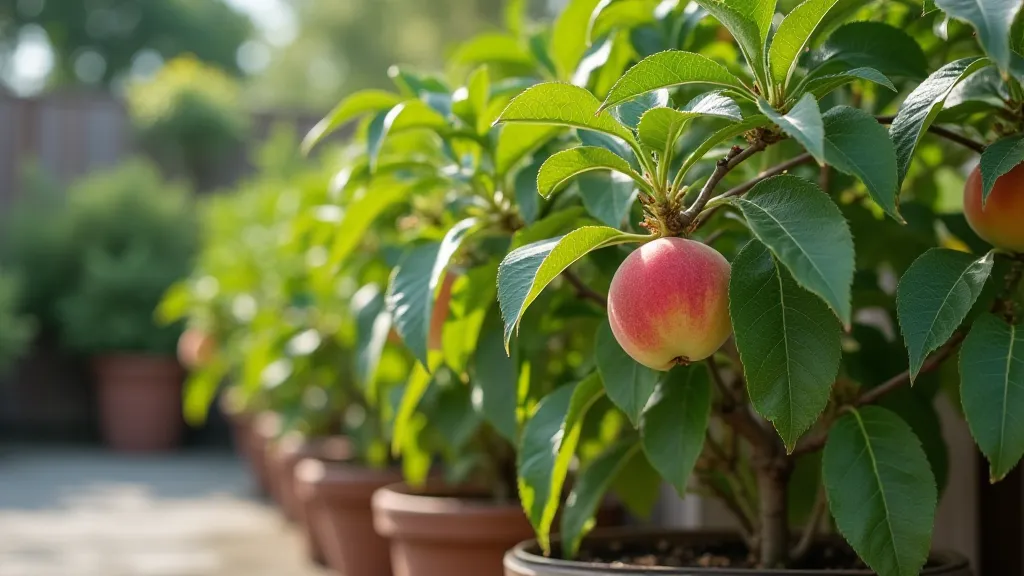
It's not uncommon to encounter issues like pests, diseases, or nutrient deficiencies when growing fruit trees in containers. These problems can often be addressed with proper care and preventative measures. If you're experiencing challenges with your dwarf fruit trees, exploring common problems with container-grown dwarf fruit trees offers practical solutions and troubleshooting tips.
Furthermore, maintaining a healthy budget when tending to your dwarf fruit trees is a key element of long-term success. The costs of containers, soil, fertilizer, and potential pest control measures can add up quickly. By implementing some simple, cost-saving strategies, you can enjoy a thriving orchard without breaking the bank. For those looking for ways to minimize expenses without sacrificing quality, budget-friendly tips for growing dwarf fruit trees in containers provides a wealth of useful advice.
Fruit thinning may seem daunting at first, but it's a crucial technique for maximizing your yield and ensuring the health of your dwarf fruit trees in containers. With a little practice, you'll be enjoying a bountiful harvest of delicious, high-quality fruit.
